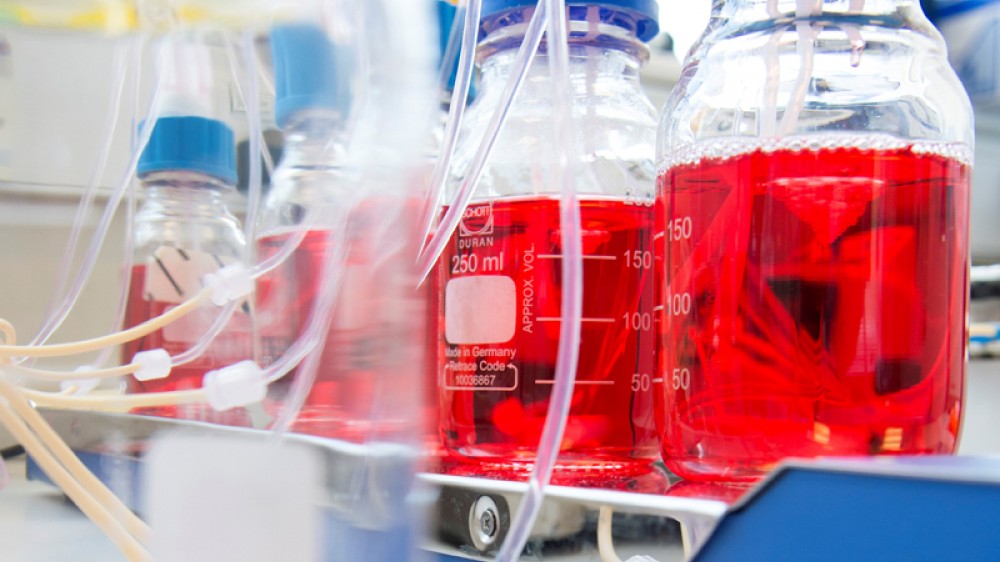Increasing the relevance of in vitro hepatocyte models for liver toxicity testing

A new study has shown that introducing physiologic cues to the in vitro culture of hepatocyte-like cells (HLCs) makes them a more relevant hepatocyte model that can be used in non-animal liver toxicity testing.
The paper, published last week in Archives of Toxicology, is the result of a collaboration between the University of Edinburgh and biotechnology company Kirkstall Limited, as part of the NC3Rs CRACK IT Solutions technology partnering programme.
Liver toxicity is an important element to consider when developing new drugs. Currently, the testing is performed first in isolated primary liver models and then in regulatory animal toxicology studies. However, the high incidence of liver toxicity observed during preclinical and clinical development has called into question the utility of the currently used preclinical models and provided a driver for the development of potentially more relevant human cell-based assays.
For an in vitro approach to give accurate and reliable drug metabolism or toxicity data, it’s important that the cells are cultured in an environment that mimics physiological conditions. This includes providing a 3D structure, a stable environment with a flow of nutrients, and factors such as fluid shear stress (stress from exposure to the flow of fluid such as between tissues and capillaries). Evidence exists supporting the importance of fluid shear stress in other cell types, but it has been lacking in the case of hepatocytes.
Using HLCs derived from embryonic stem cells, the researchers investigated the impact of fluid shear stress on two important liver functions - cytochrome P450 drug metabolism and serum protein secretion. The results demonstrated that HLCs exposed to fluid shear stress show improved metabolic capacity and a somatic phenotype more reflective of primary hepatocytes, when compared to HLCs cultured in static conditions.
The study confirms the importance of adding back human physiology factors to in vitro models, to make them more accurate and reliable. If successful, the new improved model will have the potential to reduce animal use by removing the need for primary animal liver cell cultures and by screening out compounds earlier in development that would otherwise fail in later animal studies due to unforeseen liver toxicity.
